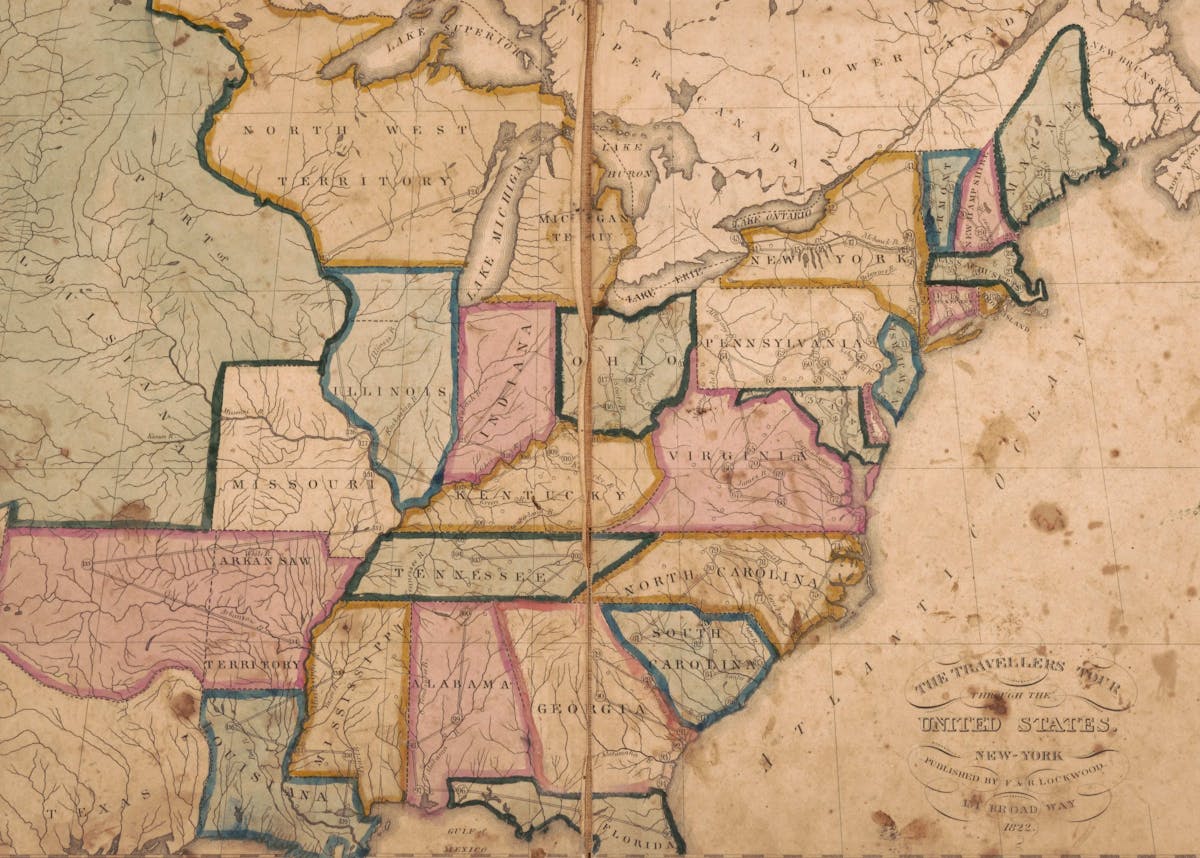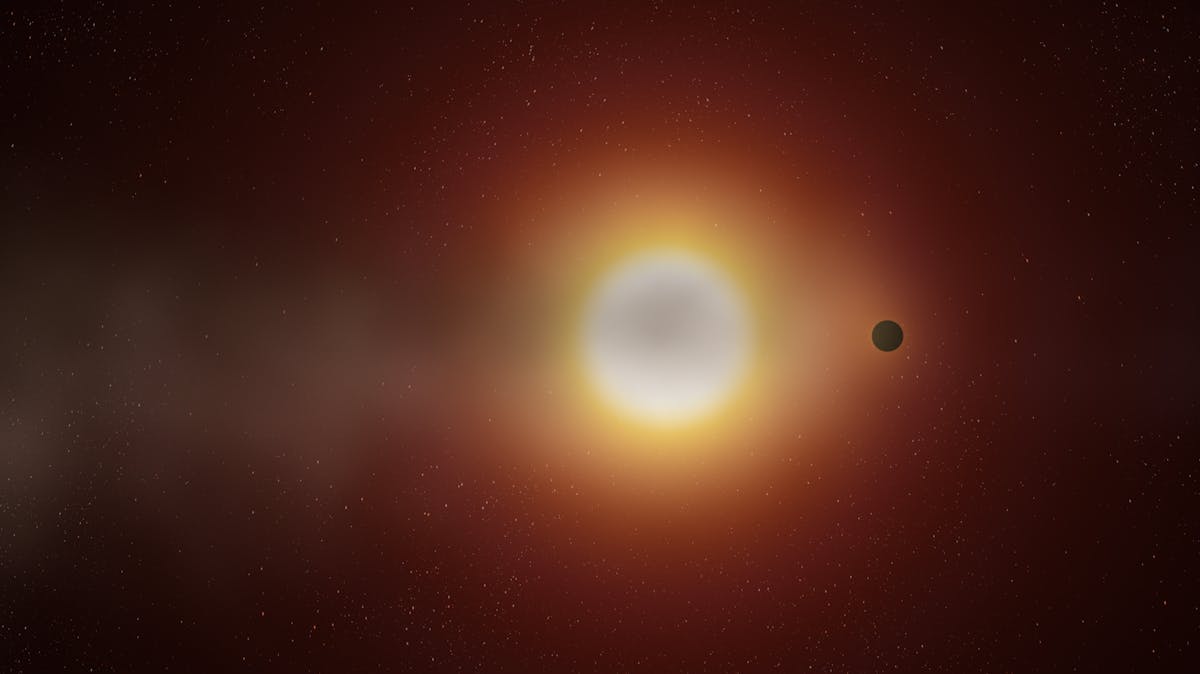
Loading crossword puzzle. One moment please.
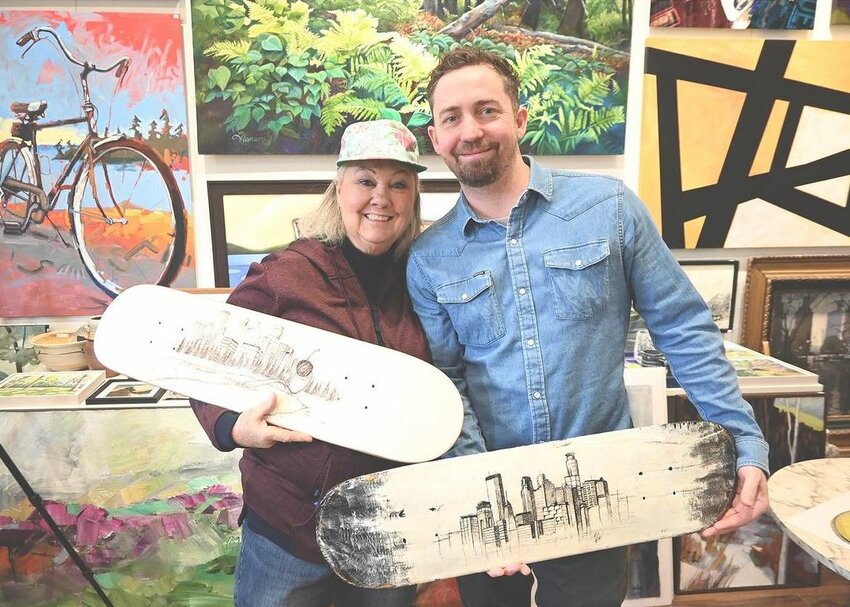
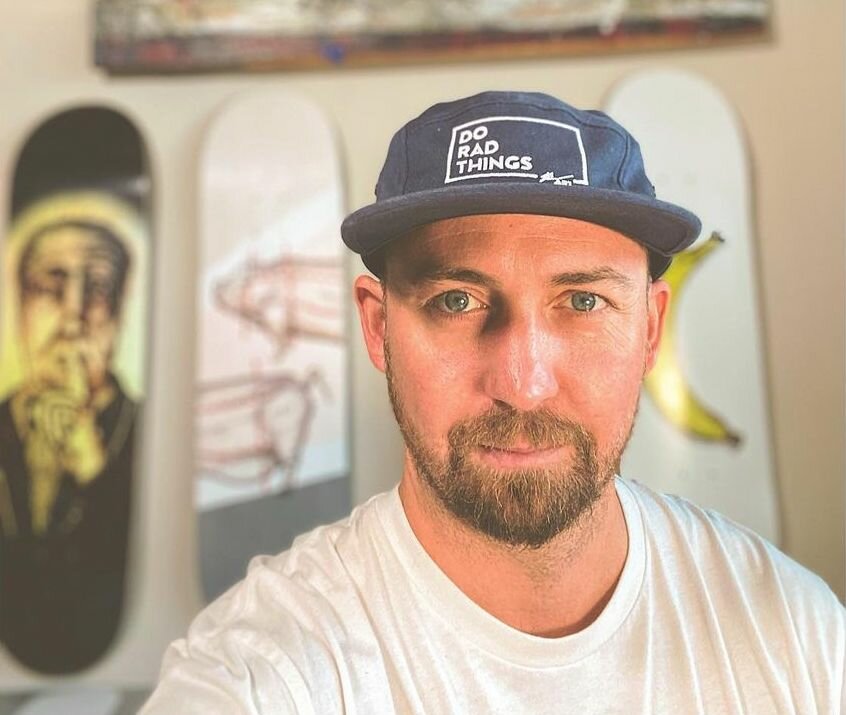


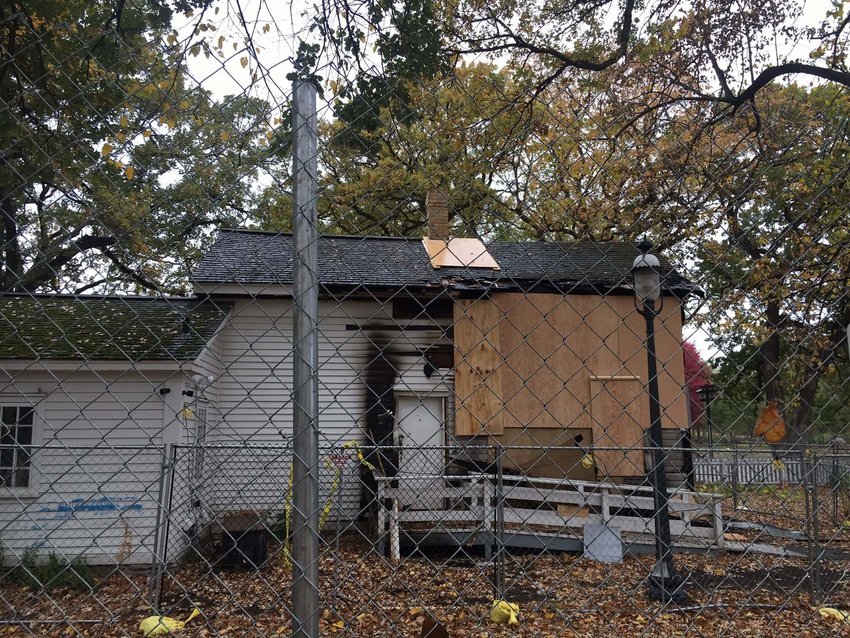
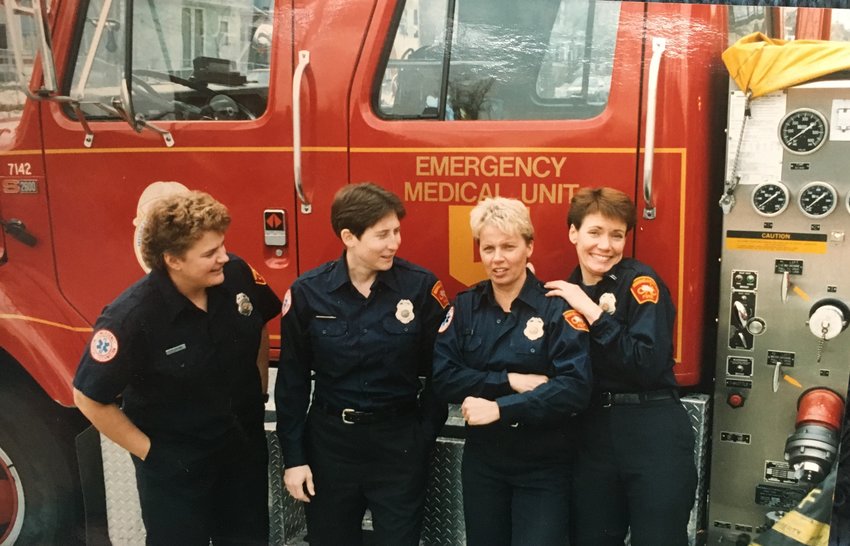
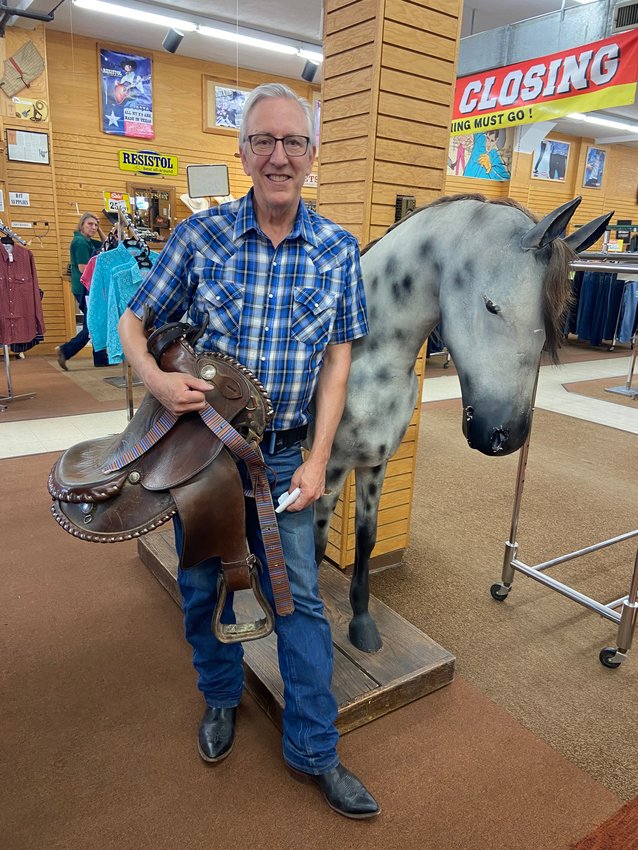
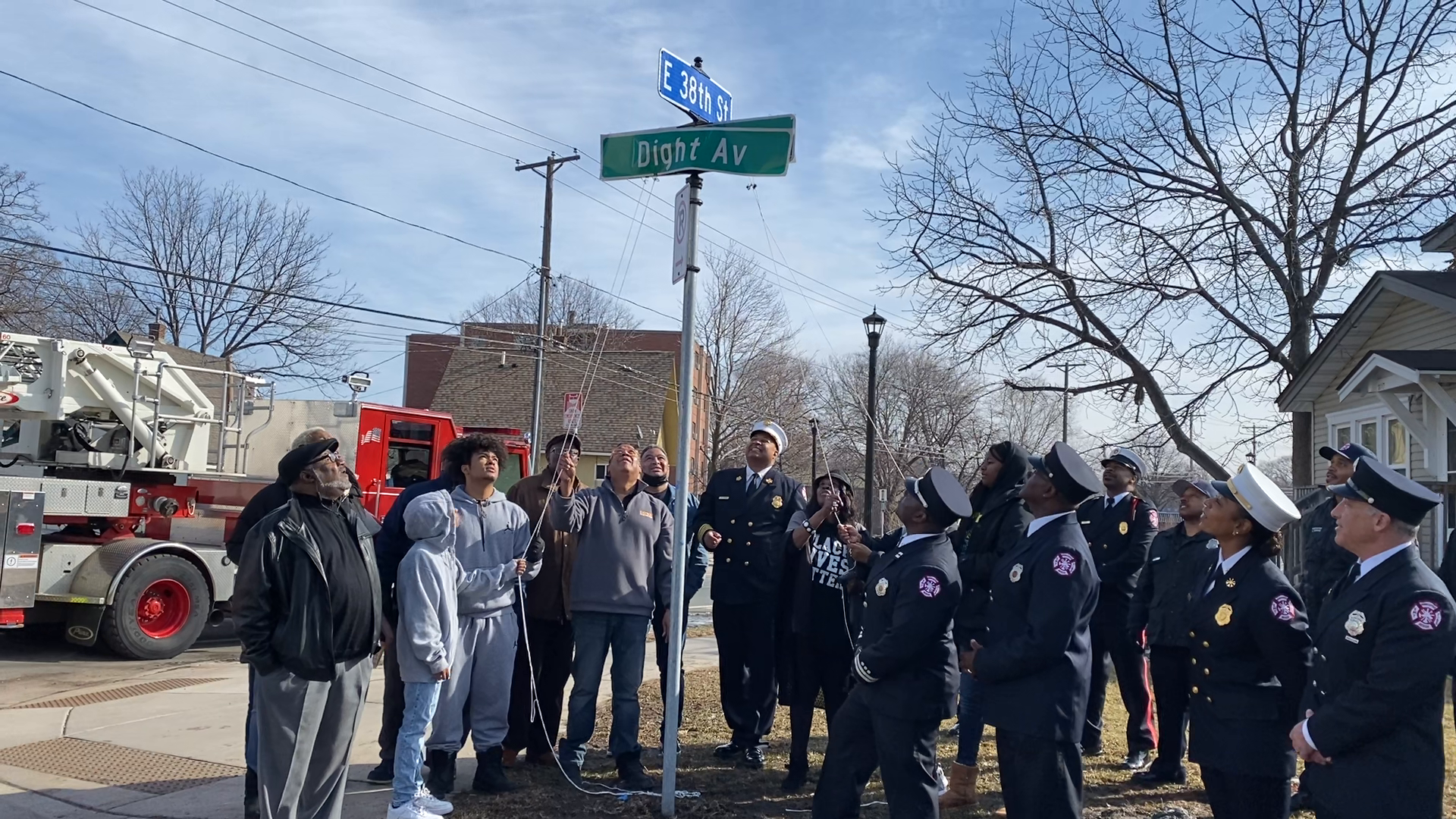
Palestinians in Gaza have begun receiving humanitarian aid delivered through a newly completed floating pier off the coast of the besieged territory. Built by the U.S. military and operated in coordination with the United Nations, …
The Conversation presents the story of the racial prejudice that Japanese American soldiers faced in the US during World War II.
When I first landed an internship as an archives technician at the Mary McLeod Bethune Council House-National Historic Site – the D.C. home of the woman who founded Bethune-Cookman University – …
